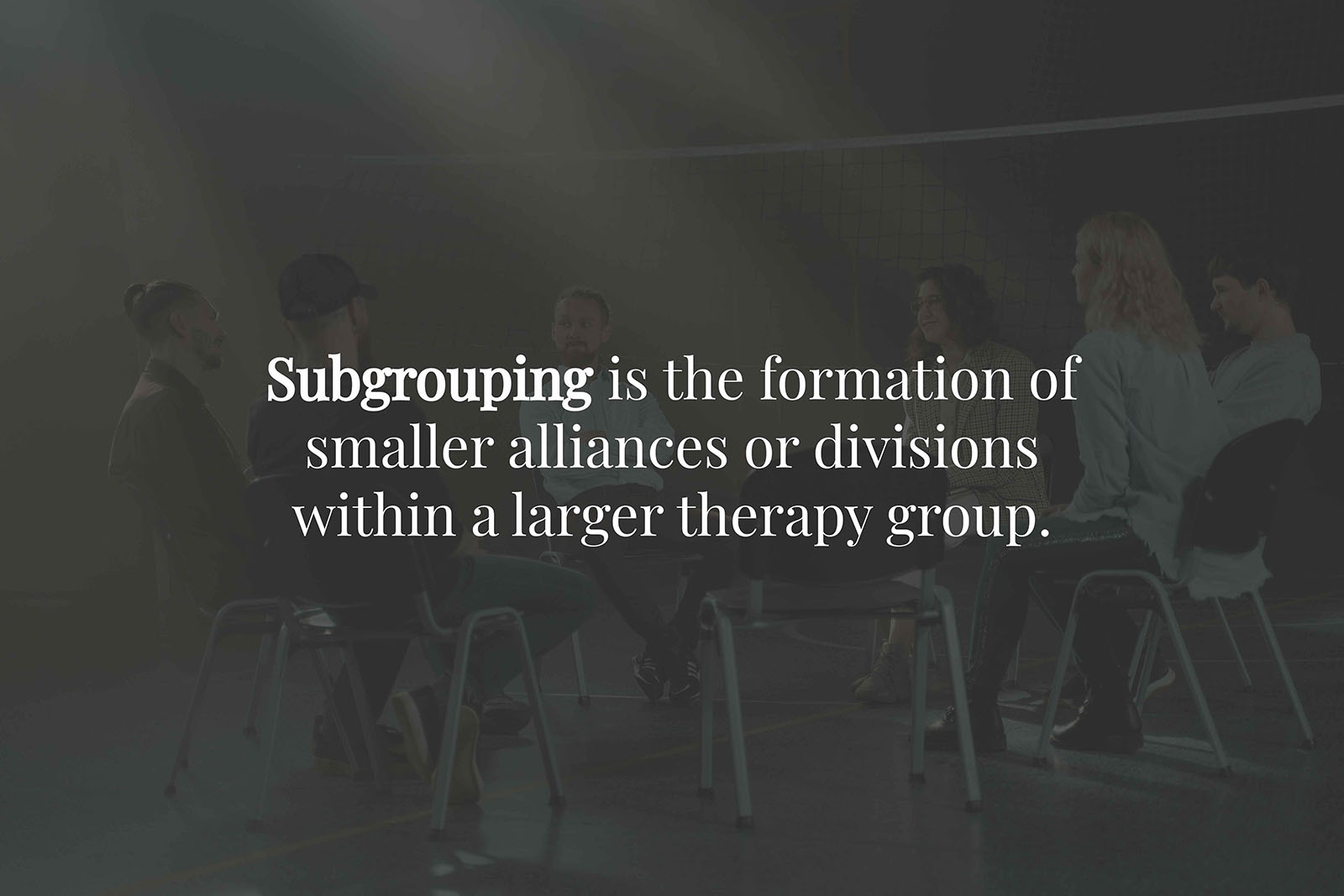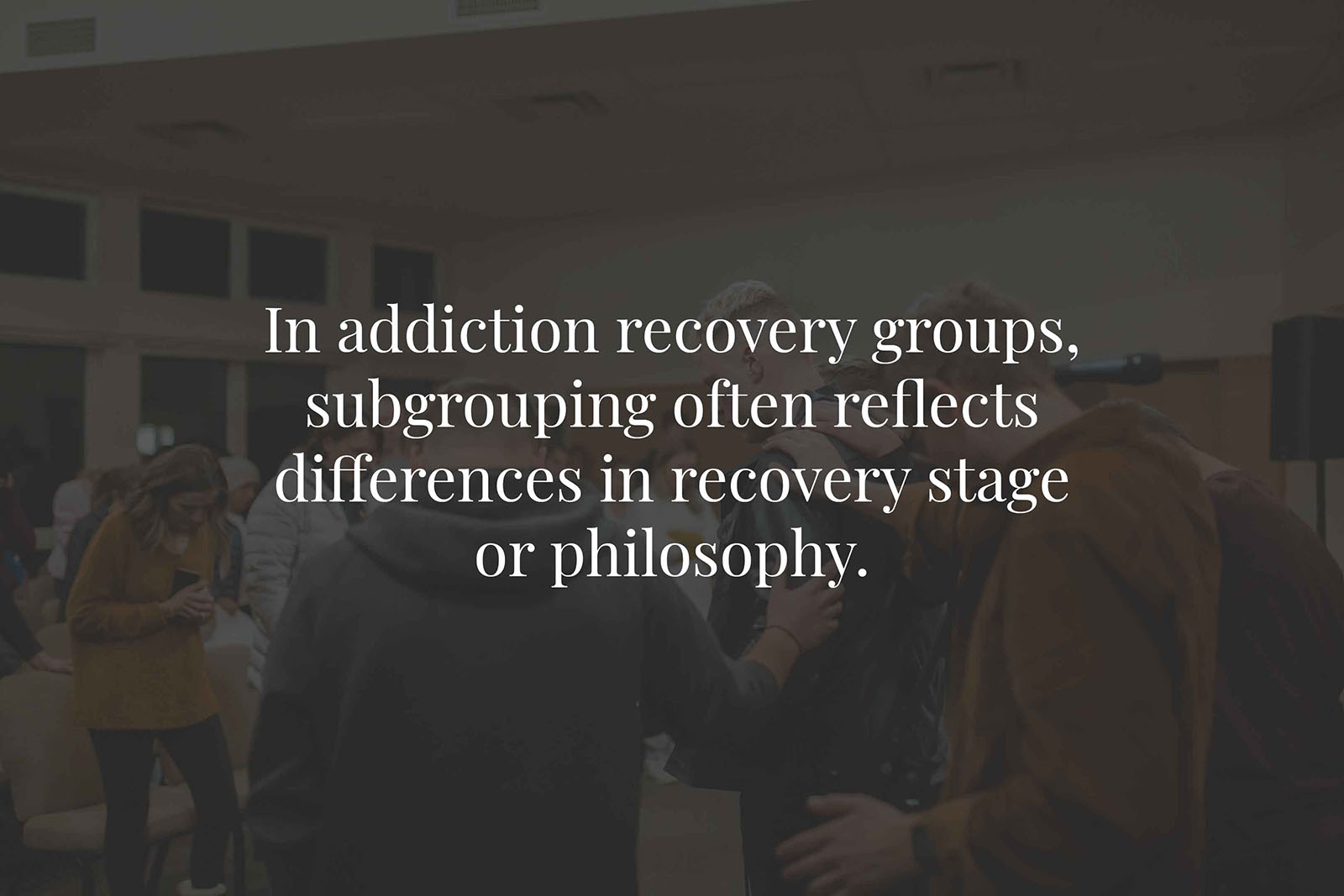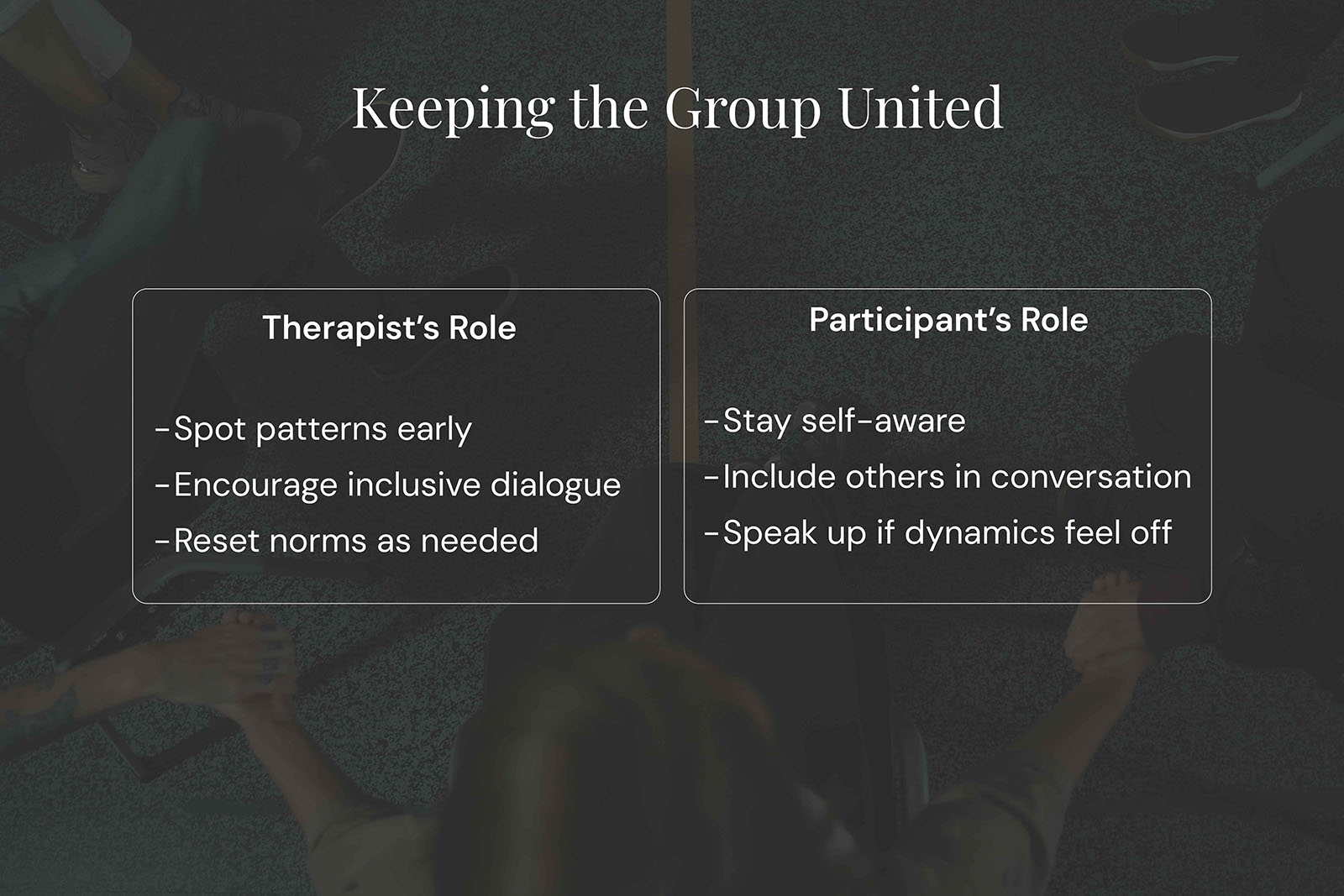Subgrouping in group therapy refers to the formation of smaller alliances, relationships, or divisions among participants within a larger therapy group. These subgroups can develop consciously or unconsciously, and while they may serve positive functions such as support and bonding, they can also lead to exclusion, polarization, or resistance if left unaddressed.
Understanding how subgrouping works helps both therapists and participants maintain a healthy group dynamic and stay focused on therapeutic goals.

How Subgroups Form in Group Therapy
Subgroups often emerge naturally due to shared experiences, similar personality traits, or perceived common ground. For example, two individuals recovering from alcohol addiction might connect more easily with each other than with others in the group struggling with different substances. People may also bond over age, gender, communication style, or trauma history.
Subgrouping can be as simple as two members frequently agreeing or supporting each other in discussions. It may also involve private conversations outside the group or a tendency for certain individuals to dominate discussions together.
Positive Aspects of Subgrouping
Not all subgrouping is harmful. In fact, some subgroups foster increased comfort, belonging, and mutual support. These relationships can help:
- Encourage quieter members to participate more
- Provide emotional safety for new members
- Reinforce therapeutic messages between sessions
- Promote cooperation and empathy
In structured group therapy programs, therapists may even use subgrouping intentionally, dividing members into pairs or smaller teams for exercises or discussions.
When monitored and guided properly, healthy subgrouping can enhance the therapeutic process by increasing trust and reducing feelings of isolation.
Risks and Challenges of Subgrouping
Problems arise when subgrouping creates divisions, cliques, or exclusivity within the group. These dynamics can undermine the group’s cohesion and lead to unproductive or harmful outcomes.
Common risks include:
- Members feeling excluded or ignored
- Reduced openness during discussions
- Conflicts or polarization between factions
- Resistance to therapist guidance
- Repetition of unhealthy relational patterns from outside the group
Subgroups can also shield each other from accountability. If a small alliance forms and reinforces unproductive behavior, it can slow progress for those involved and for the group as a whole.
How Therapists Address Subgrouping
Group therapists are trained to observe and manage subgroup dynamics in real time. When subgrouping becomes disruptive, therapists may:
- Gently bring attention to the behavior
- Facilitate open discussion about group roles and feelings
- Encourage inclusive conversation across the full group
- Reestablish group norms and confidentiality boundaries
Sometimes, simply naming a dynamic can shift its influence. For example, saying “I notice these three tend to respond only to each other, has anyone else felt left out?” invites reflection without judgment.
When subgrouping is causing discomfort or harming participation, direct intervention may be necessary to reset the group’s cohesion.
Subgrouping and Group Development Stages
Subgrouping is particularly common during the storming phase of group development—the period when members are testing boundaries, roles, and leadership. In this stage, friction is normal, and subgroups may form as a response to uncertainty or fear.
As the group moves into later stages of development, including norming and performing, these early subgroup alliances often shift or dissolve as trust builds more broadly across all members. A well-managed group will naturally move toward greater openness and inclusion over time.
Subgrouping in Addiction Recovery Groups
In group therapy settings focused on addiction recovery, subgrouping may take on unique characteristics. For example:
- Members in early recovery may cluster together out of shared vulnerability.
- Individuals with longer sobriety might take on leadership roles that draw others toward them.
- Subgroups may form based on preferred recovery models (e.g., 12-step vs. non-12-step).
While these alignments can help build confidence and structure, they also risk fragmenting the group’s overall focus if not supported by the therapist’s active facilitation.
Addressing these dynamics is especially important in settings where participants are building new identities and social networks. That’s why many recovery programs offering group therapy include training and supervision to manage subgroup interactions effectively.

How Participants Can Respond to Subgrouping
Participants play an important role in shaping group culture. If you notice subgrouping happening in your group therapy setting:
- Reflect on whether it’s affecting your willingness to share
- Bring up your observations with the therapist if you feel comfortable
- Practice including others in the conversation
- Avoid forming private judgments or alliances outside of session
Building awareness around group behavior is a form of emotional growth in itself. Many participants report that learning to engage with the whole group, even when it's uncomfortable, strengthens their self-esteem and communication skills.

How Group Therapy Works in Context
Subgrouping is one piece of the larger system that makes group therapy effective. Group therapy works by creating a shared, supportive space where individuals can explore their challenges, hear others’ perspectives, and develop social-emotional insight. If you're unfamiliar with the format or benefits of group-based care, you may want to start with the article How does group therapy work for a broader understanding.
Conclusion
Subgrouping in group therapy is a natural occurrence that reflects human social behavior. When managed properly, it can enhance connection and trust. When left unchecked, it can disrupt cohesion and hinder therapeutic progress. Therapists and participants alike share responsibility in recognizing and addressing subgroup patterns to maintain an inclusive and effective group environment.



